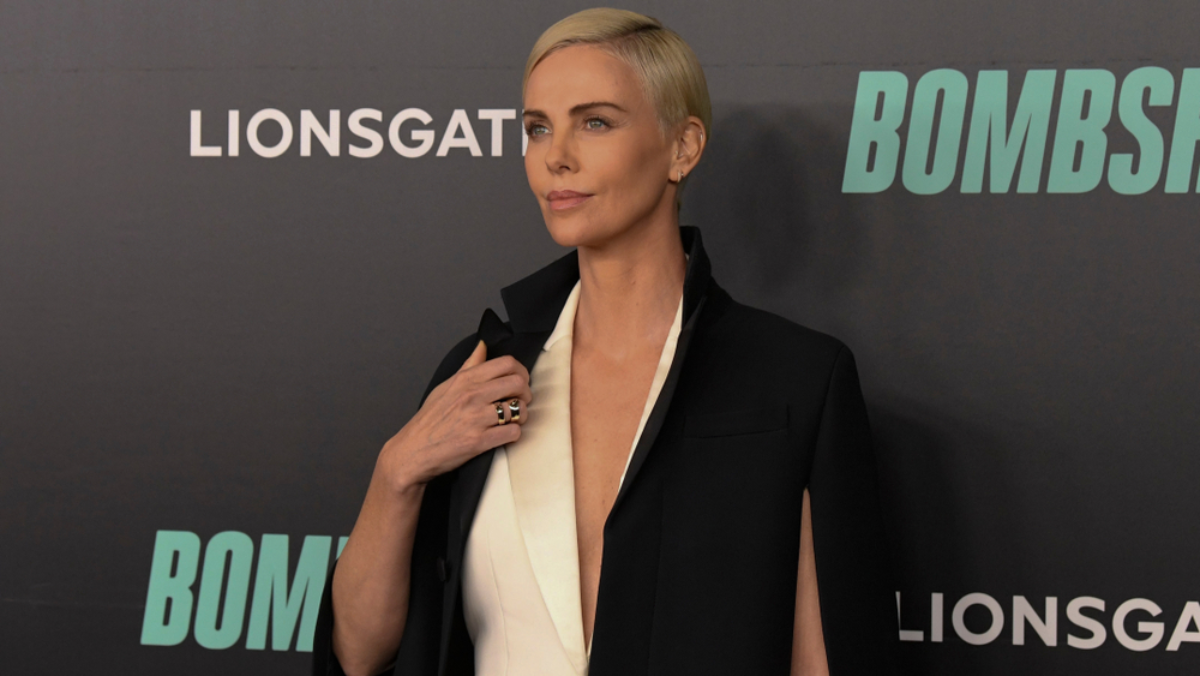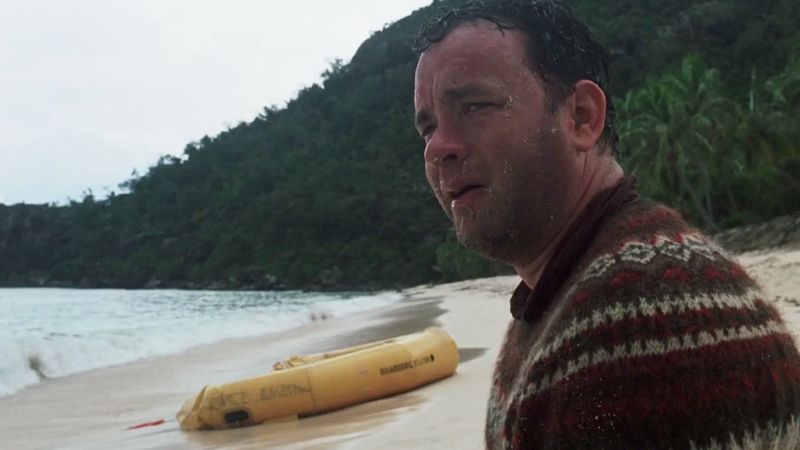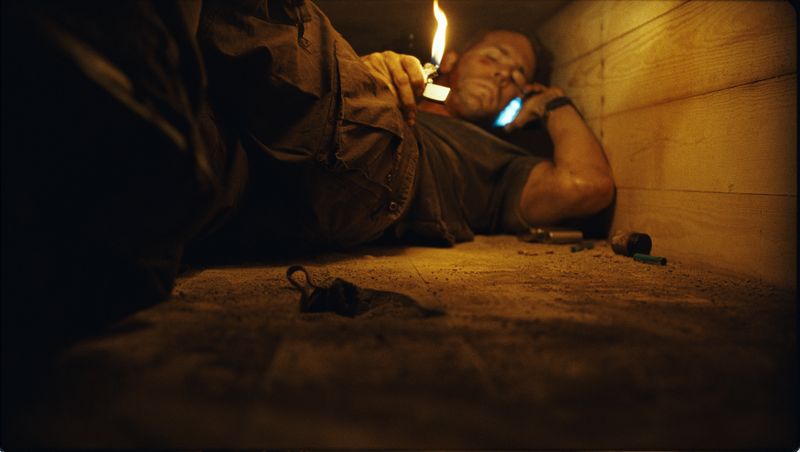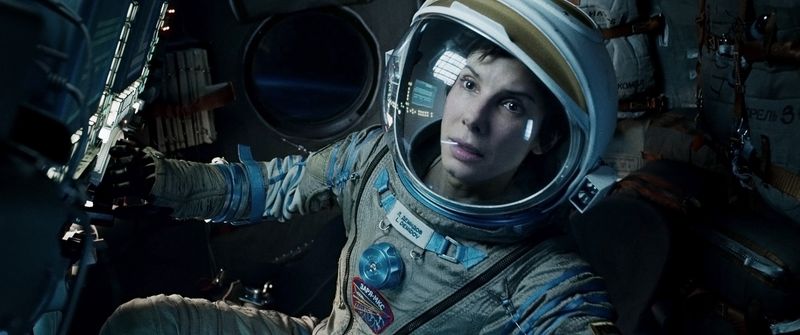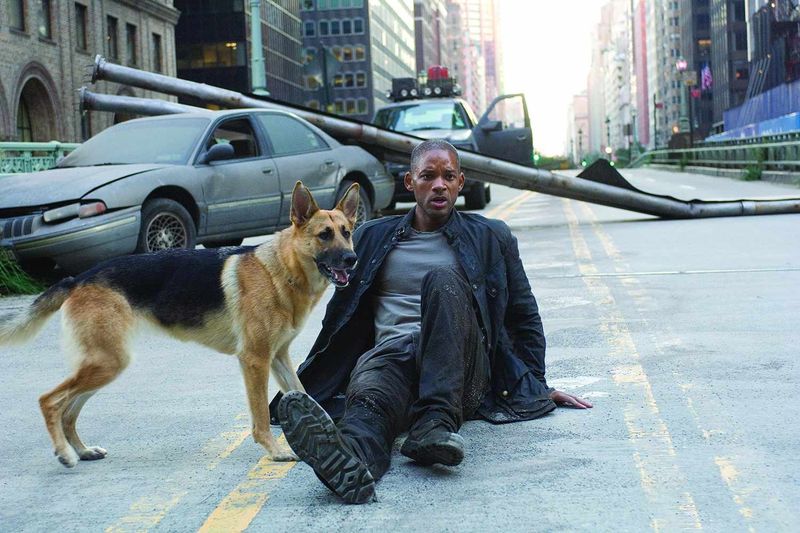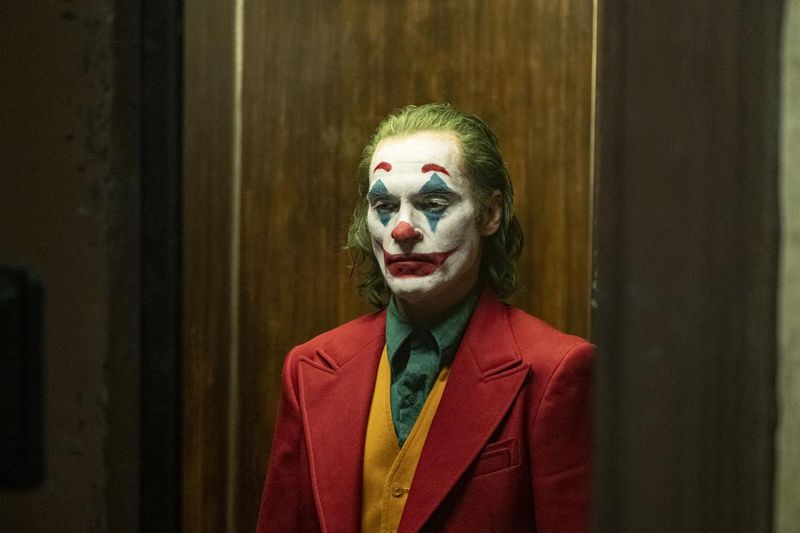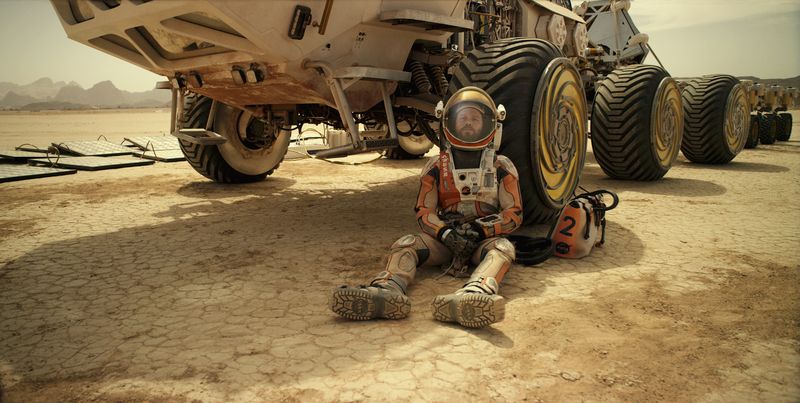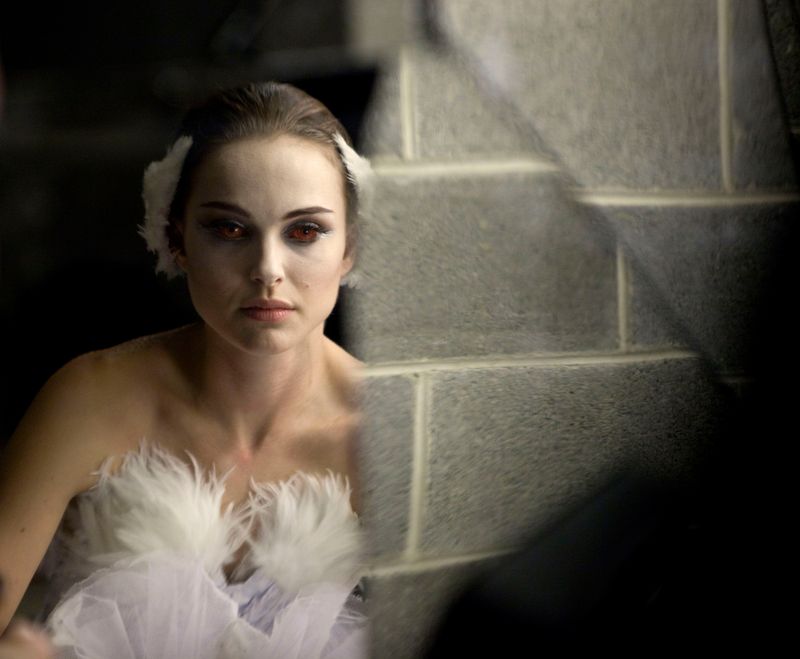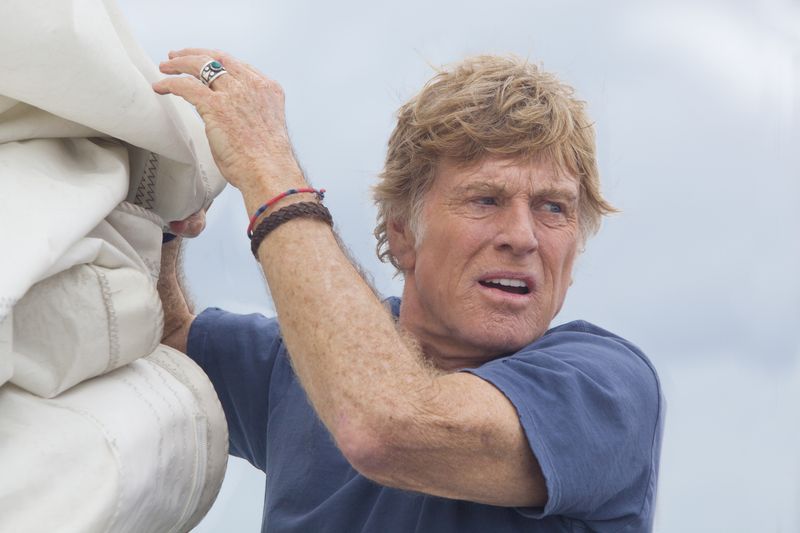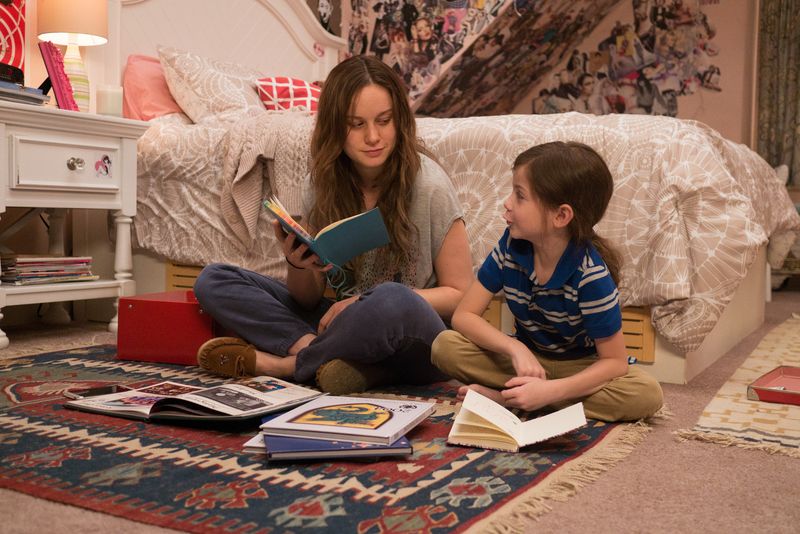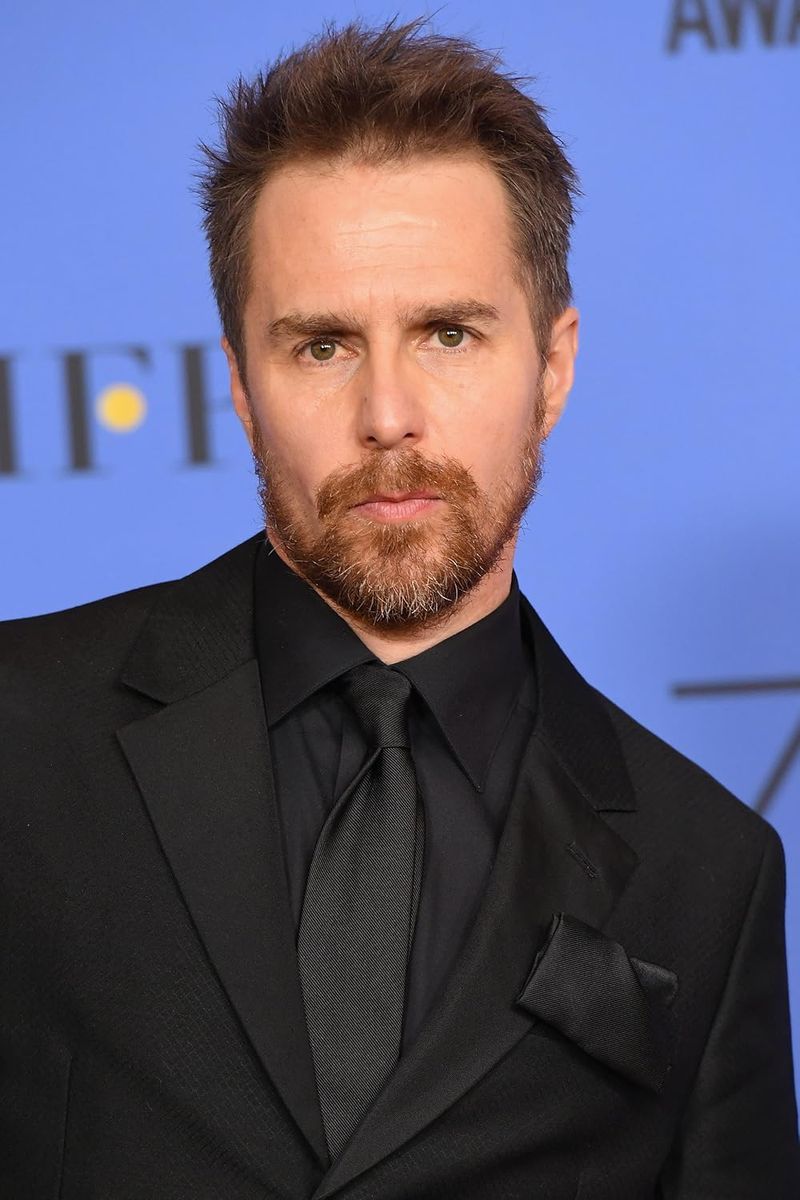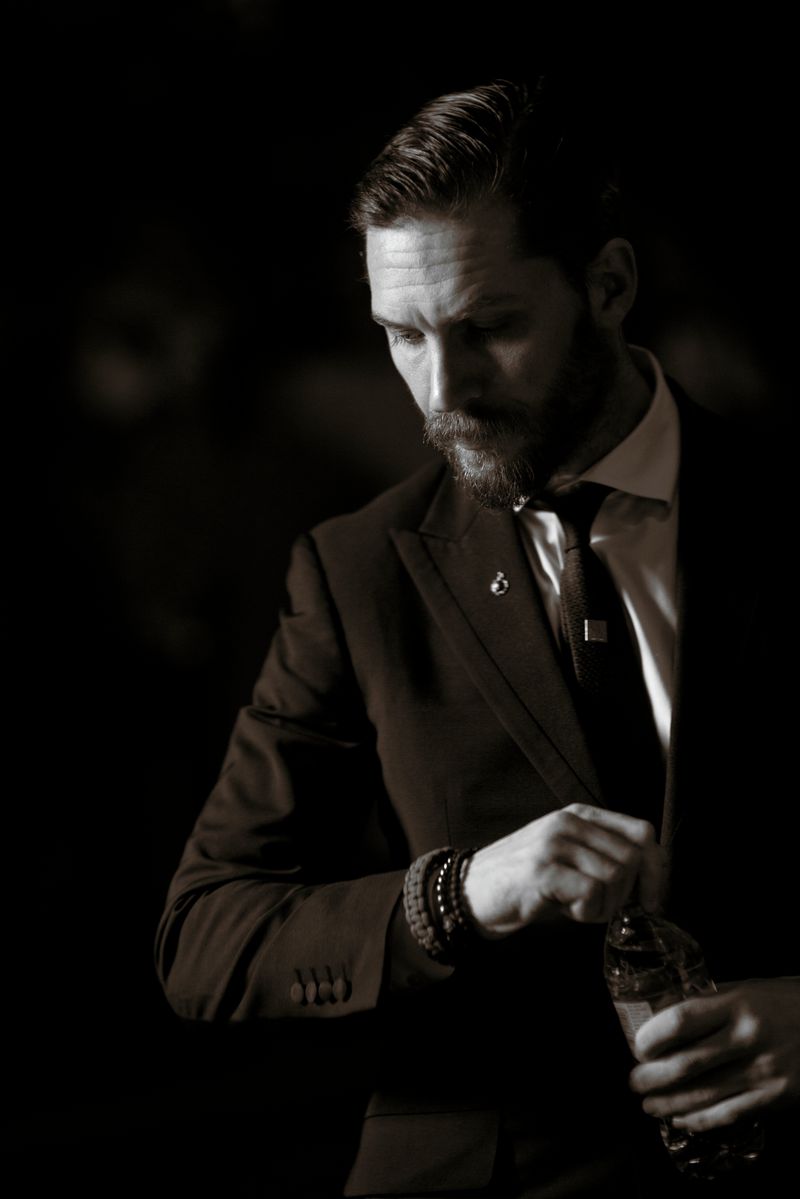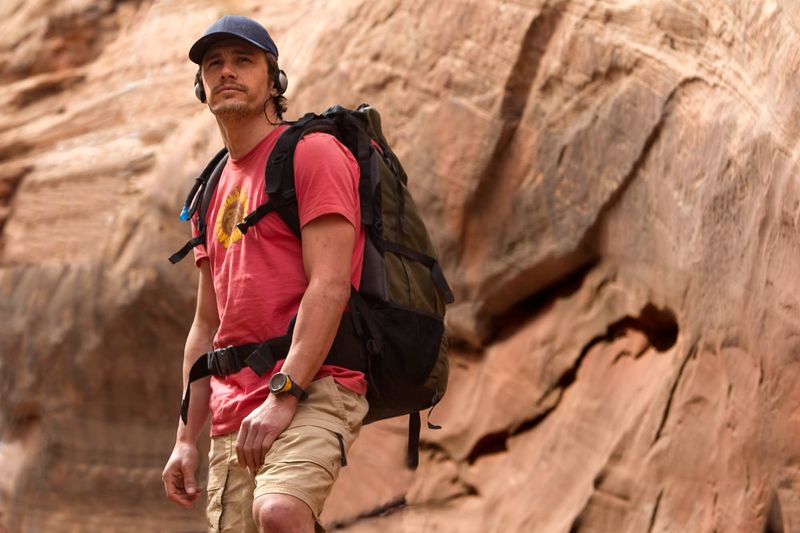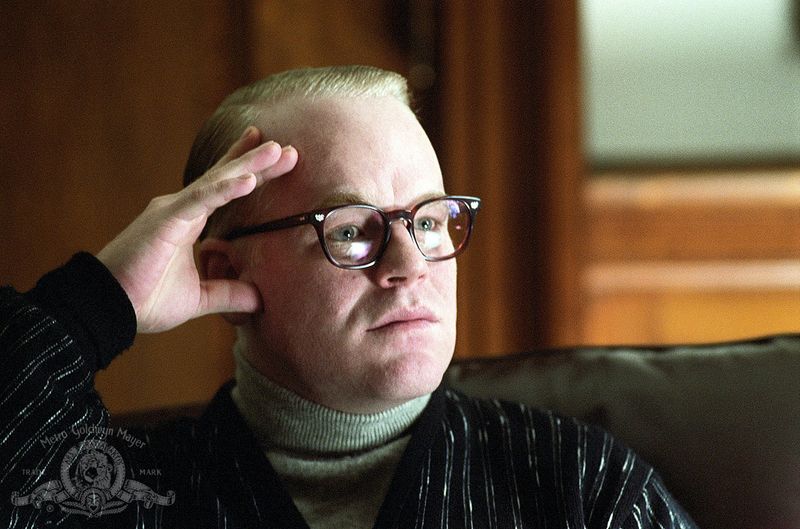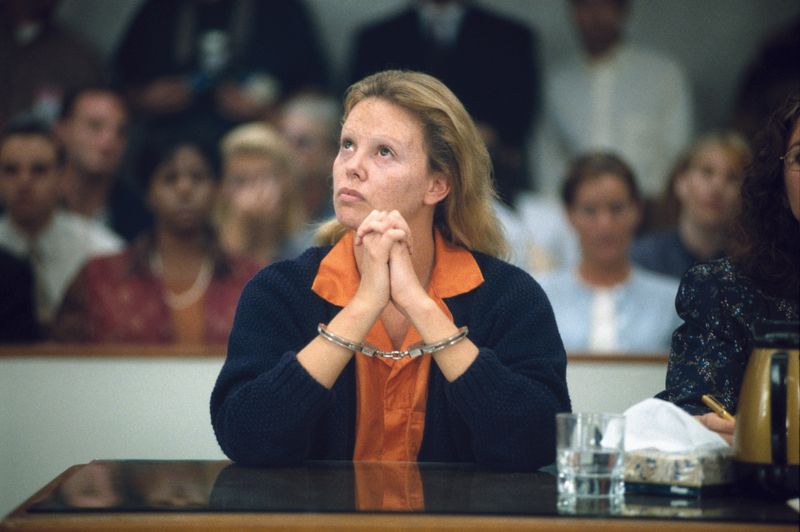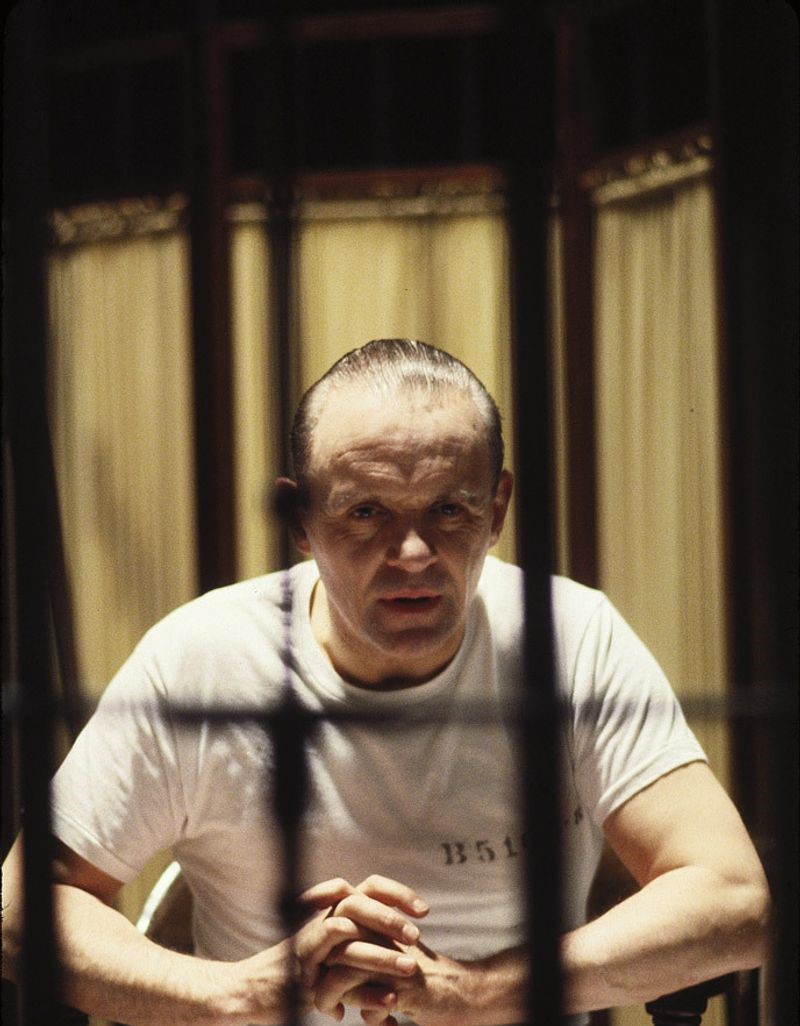Some movies shine because of one incredible performer who makes the entire film work. When an actor carries a movie, they become the heart and soul of the story, drawing us in completely. These remarkable performers prove that sometimes all you need is one extraordinary talent to create an unforgettable cinematic experience.
1. Tom Hanks in Cast Away
Marooned on a deserted island with only a volleyball named Wilson for company, Tom Hanks delivers a masterclass in solo acting. His physical transformation from corporate executive to bearded survivor mirrors his emotional journey through isolation and hope.
The film’s most heartbreaking moment—when Wilson drifts away—works entirely because Hanks makes us believe in their friendship. Few actors could command audience attention for hours with minimal dialogue and a supporting cast.
2. Ryan Reynolds in Buried
Confined to a wooden coffin for the entire 95-minute runtime, Reynolds transforms claustrophobic terror into riveting cinema. The camera never leaves this tiny space, yet his performance creates a world of emotional depth using only his face and voice.
Reynolds cycles through panic, desperation, hope, and resignation while armed with just a cell phone and a lighter. The physical demands alone are impressive—sweating, hyperventilating, and struggling in genuine discomfort throughout filming.
3. Sandra Bullock in Gravity
Adrift in the terrifying emptiness of space, Bullock anchors this technical marvel with raw human emotion. As Dr. Ryan Stone, she spends most of the screen time alone, battling not just external dangers but internal demons of grief and purpose.
The physical challenges were extraordinary—Bullock trained extensively to portray weightlessness while suspended in a specialized rig for hours. Her labored breathing, moments of panic, and quiet contemplation create a visceral experience for viewers.
While George Clooney appears briefly, this is undeniably Bullock’s showcase. Her journey from reluctant survivor to determined fighter forms the emotional backbone of a film that could have been merely a spectacular visual experience without her grounding presence.
4. Will Smith in I Am Legend
Portraying the last man in New York City, Smith creates a hauntingly believable portrait of isolation and determination. His daily routines—from hunting deer in abandoned streets to talking to mannequins—reveal both his survival skills and deteriorating mental state.
The bond between Smith and his German Shepherd companion, Sam, provides the emotional core. Their relationship feels so genuine that when tragedy strikes, the audience shares his devastating loss completely.
Smith’s physical commitment matches his emotional range—he trained for months to achieve the muscular physique of someone whose life depends on strength. Through subtle facial expressions and moments of quiet vulnerability, he shows us the true cost of being the last hope for humanity.
5. Joaquin Phoenix in Joker
Phoenix’s portrayal of Arthur Fleck’s descent into madness is a disturbing marvel of physical and psychological transformation. His emaciated frame, unsettling laugh, and increasingly erratic movements create a character study that’s impossible to look away from.
Phoenix lost 52 pounds for the role, giving his performance a physical fragility that mirrors Arthur’s mental state. While supporting characters exist, the film functions as an extended character study through Phoenix’s eyes.
His ability to evoke both sympathy and horror, often simultaneously, elevates what could have been simply a villain origin story into a complex examination of mental illness and societal neglect.
6. Matt Damon in The Martian
Stranded 140 million miles from home, Damon’s botanist Mark Watney tackles survival with scientific ingenuity and irreverent humor. His video logs—essentially monologues to the camera—create an intimate connection with viewers as we become invested in his problem-solving journey.
One moment, he’s explaining potato farming in Martian soil; the next, he’s revealing vulnerable moments of despair when no one’s watching.
While Earth-based scenes feature other actors, the heart of the film is Damon alone on the red planet. His ability to balance technical dialogue, physical challenges, and emotional resonance creates a uniquely optimistic survival story about human resilience and the power of scientific thinking.
7. Natalie Portman in Black Swan
Portman’s metamorphosis from fragile ballerina to possessed artist represents total commitment to character. Her physical dedication included training six hours daily for a year, losing 20 pounds, and performing many dance sequences herself—creating authenticity in every movement.
The psychological breakdown unfolds entirely through her increasingly paranoid perspective. Portman’s eyes tell the story—initially wide with innocent ambition, gradually darkening with obsession and fear as reality blurs with hallucination.
Her performance is so consuming that even when other characters appear, they feel like projections of Nina’s fractured mind rather than independent entities.
8. Robert Redford in All Is Lost
At age 77, Redford delivers a virtually wordless performance as a sailor facing mortality after his yacht is damaged at sea. With barely eight lines of dialogue throughout, he communicates entirely through physical action and facial expressions—reading weather patterns, repairing damage, and fighting exhaustion.
The absence of backstory forces viewers to live purely in the present moment with him. Every task becomes suspenseful: patching a hole, collecting rainwater, or navigating by stars takes on life-or-death significance through Redford’s focused intensity.
Without monologues or companions to explain his thoughts, Redford must show rather than tell his character’s journey from competent sailor to desperate survivor to eventual acceptance of fate.
9. Brie Larson in Room
Larson’s portrayal of Ma, a woman raising her son while held captive in a single room, balances unimaginable trauma with fierce maternal love. Her performance works on two distinct levels—showing one brave face to her son while revealing glimpses of her own psychological damage to the audience.
The confined setting magnifies every emotional beat. Larson’s eyes communicate volumes about her character’s interior life—hope, desperation, and determination all visible in quiet moments when her son isn’t watching.
Though Jacob Tremblay delivers an incredible child performance, Larson’s complex emotional journey from captive to survivor anchors the film’s exploration of resilience and healing after trauma.
10. Sam Rockwell in Moon
Rockwell tackles the ultimate acting challenge—playing multiple versions of the same character while essentially alone on screen. As Sam Bell, a solitary lunar miner completing a three-year contract, he creates a fully realized character before doubling the difficulty by acting against himself.
The technical achievement is remarkable. Rockwell had to perform scenes multiple times from different characters’ perspectives, maintaining distinct personalities for each clone while ensuring emotional continuity between takes. Beyond technical precision, Rockwell infuses each version with subtle differences in posture, speech patterns, and emotional states.
His only real scene partner is a robot voiced by Kevin Spacey, yet Rockwell creates such compelling human drama that viewers forget they’re watching one actor carry entire complex scenes alone.
11. Tom Hardy in Locke
Hardy spends the entire film behind the wheel of a moving car, yet creates riveting drama through phone conversations and internal conflict. The camera never leaves the vehicle’s interior, making this a true one-man show dependent entirely on Hardy’s ability to engage viewers through voice and facial expressions.
Playing construction foreman Ivan Locke during a life-altering night drive, Hardy adopts a Welsh accent and creates a complex character through phone calls to his family, colleagues, and a woman with whom he had a one-night stand. The conversations reveal a man desperately trying to maintain control as his carefully constructed life collapses.
12. James Franco in 127 Hours
Franco transforms the harrowing true story of Aron Ralston—a hiker trapped by a boulder in a Utah canyon—into a gripping meditation on human will. Confined to a narrow crevice for most of the film, Franco must convey six days of dehydration, hallucination, and eventual desperate self-amputation.
The physical aspects alone are remarkable. Franco portrays progressive weakness, delirium, and pain with convincing detail, while his video diary confessions create intimate moments of reflection about past relationships and regrets.
Director Danny Boyle uses flashbacks and hallucinations to break visual monotony, but the emotional journey rests entirely on Franco’s shoulders. His ability to make audiences feel trapped alongside him, then experience both the horror and liberation of his escape decision, turns what could have been merely gruesome into a profound story of survival.
13. Philip Seymour Hoffman in Capote
Hoffman’s embodiment of author Truman Capote goes beyond mere impersonation to reveal the calculating ambition beneath the flamboyant exterior. His high-pitched voice, distinctive mannerisms, and physical transformation are technically flawless, yet never feel like simple mimicry.
Though surrounded by strong supporting actors, Hoffman dominates every scene through Capote’s outsized personality and subtle calculation. The camera frequently lingers on his reactions rather than the speaker, acknowledging that Capote’s internal journey is the true heart of the film.
14. Charlize Theron in Monster
Theron’s transformation into serial killer Aileen Wuornos ranks among cinema’s most complete physical and psychological metamorphoses.
Beyond the visible changes—weight gain, prosthetic teeth, skin weathering—Theron inhabits Wuornos’s damaged psyche with frightening authenticity. Her performance finds the human beneath the monster without excusing horrific actions.
Through altered posture, aggressive walk, and defensive body language, Theron communicates a lifetime of abuse and exploitation that contextualizes Wuornos’s rage without simplifying it. The Academy recognized this achievement with an Oscar, acknowledging how completely Theron disappeared into a role that required her to abandon all vanity and find empathy for someone society had labeled monstrous.
15. Anthony Hopkins in The Silence of the Lambs
Despite appearing on screen for just 16 minutes, Hopkins creates such an indelible impression that Hannibal Lecter haunts the entire film. His controlled stillness makes each small movement significant—a tilted head, a deep inhale to smell Agent Starling, or a sudden flash of violence.
Hopkins’ performance succeeds through calculated restraint. His unblinking stare and measured speech pattern suggest dangerous intelligence constantly analyzing everyone around him. The infamous census-taker monologue delivers maximum menace with minimal movement.
His limited screen time makes each appearance more impactful, demonstrating how a truly commanding performance isn’t measured in minutes but in the psychological impression left on the audience.
